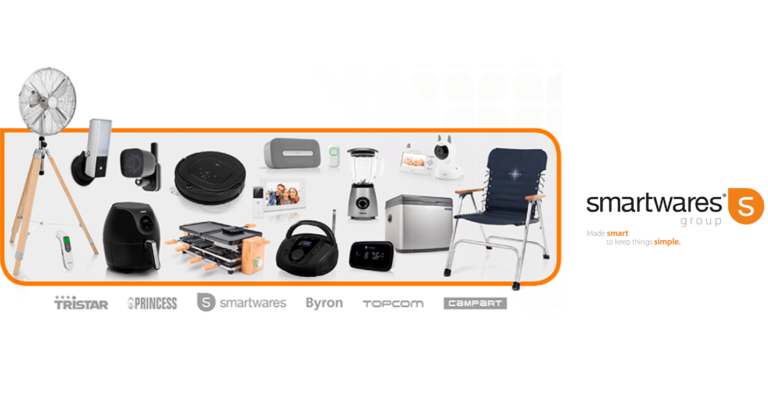PIM handles product information. DAM handles digital assets. The difference between the two systems is: A DAM system handles your digital assets, e.g. images, logos and videos related to your products. A PIM system allows you to store, manage and distribute these assets and other product information.
As you search for a digital asset management, or DAM, solution, it’s highly likely you’ll come across a product information management system, or PIM. This is because some PIM systems come with DAM functionality. If you’re confused by the difference between the two systems, you’re not alone. Here’s a simple breakdown to help you make an informed decision:
What Is a PIM System?
PIM systems deal with a company’s product information and the way it’s presented across the company’s marketing distribution channels and sales channels. This distribution network can, and often does, include print, e-commerce sites and social media.
The goal of PIM systems is to ensure the product information distributed to the public is high-quality, consistent and accurate across the board. In this way, PIM systems help customers make informed purchasing decisions and ensure companies distribute detailed product information.
What Is a DAM System?
Unlike a PIM system, which is concerned with products, a DAM system deals with assets that are not focused on products. This may include digital assets, such as documents and images, as well as meta-information and presentations.
DAM systems are also used by marketing and sales departments to collect and save material that is promotional or branded and to ensure that a company’s images, videos and brand guides are all safe, secure, accessible and protected.
While a DAM system deals with much different content than a PIM system, both are centralized and easily accessible. DAM systems, like PIM systems, serve the purpose of organization and increased accessibility.
When a company adopts a high-quality DAM system, images are easier to manage and maintain and operations can become more efficient.
When to Use a PIM System
Traditionally, PIM systems are designed to store product-related information, ranging from product copy to supplier information. However some PIM systems today – Perfion PIM included – come with DAM functionality and will store and distribute any kind of product-related asset, including media assets like images, video, and audio.
PIM systems are ideal for retailers, manufacturers or for companies that need to aggregate and gather their product information, or who are pulling product information from various sources. PIM systems are also ideal for businesses that use different SKUs in their sales processes.
Designed to make product information easier to control and manage, and eliminate inaccuracies that could have an adverse impact on sales, PIM systems reduce hands-on time and make life easier for both marketing, sales and product development
When to Use a DAM System
DAM systems are ideal for situations in which content such as non-audio and non-video files are present and need to be streamed or broadcasted to an audience. DAM systems are also ideal for archiving material, tracking versions and transcoding video.
Ideal for companies with many digital assets, DAM systems can help streamline asset retrieval and save time. Don’t forget: the average marketing professional spends 65 hours annually searching for missing digital assets, and DAM systems are ideal for any company that wants to save those 65 hours for more productive pursuits.
PIM and DAM Systems: Streamline Your Online Interactions
While PIM and DAM systems share some similarities, they are different platforms meant to serve different purposes. While PIM systems are designed to handle product and product-related information, DAM systems are designed to handle digital assets like logos and videos.
That said, however, it’s important to remember that digital assets like images, logos, and videos also relate to products. As such, a PIM system like Perfion PIM will also allow you to store, manage and distribute these assets. A PIM system might not always be able to handle all your needs for digital asset management, though.
In these cases, a combination of – and integration between – a PIM and DAM would be the right solution.
Download our guide
Learn more about handling Digital Assets with a PIM system in “A CMO’s guide to e-commerce success with PIM”.
Download guide.




